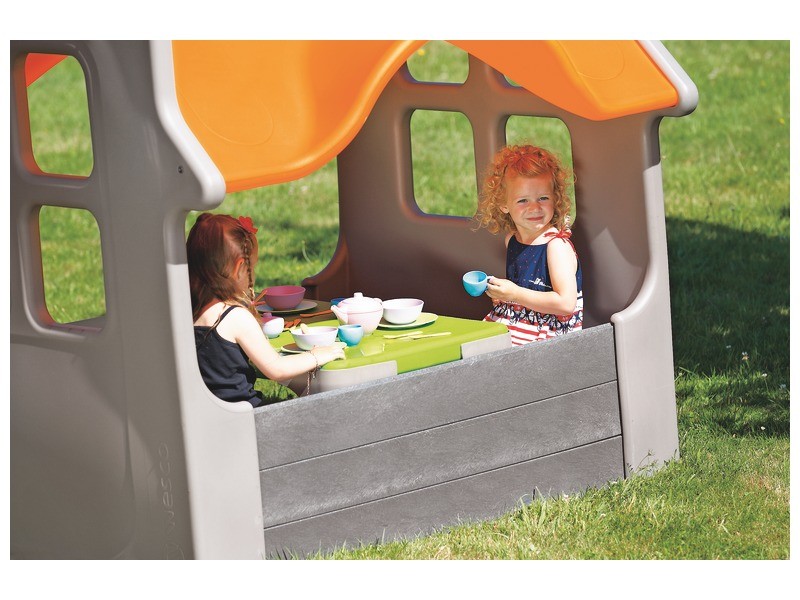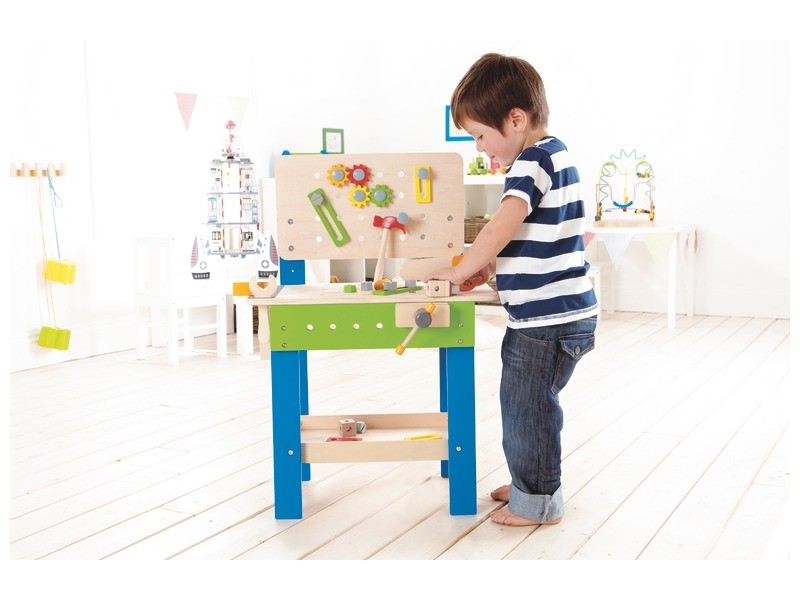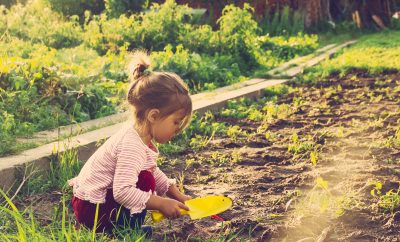
Childcare Activities
Imaginative Play Ideas for Early Years
As one of the cornerstones of child development, it’s important to support imaginative play in childcare settings. Through imaginative play and role play children can explore and learn about myriad situations and emotions; to many this comes naturally, while others may need more encouragement. Having plenty of resources available is the first step, so we’ve put together a wishlist for anyone in need of inspiration.
The Benefits of Imaginative Play
Imaginative play is important for many reasons:
- It helps children make sense of things that they have seen or experienced
- It supports the development of creativity and intellectual development
- It gives children opportunities to practise decision-making and social skills such as sharing and collaborating
- It enables children to explore things that interest them
How to support imaginative play
When considering how to support imaginative play in your nursery, there are a few points to keep in mind:
- Think about the spaces available to children, as well as the resources they can use
- Provide a variety of resources on a range of themes to engage with different interests and types of play
- Make play spaces/resources as enticing as possible; set up scenes or activities to encourage more hesitant children
Imaginative Play Ideas
Needless to say, it’s not necessary to invest in all of the resources on the list – it’s simply meant to provide some ideas (and is also not exhaustive). Your choice of resources will obviously be dependent on budget and space (as well, perhaps, as the age/number of children).
The other thing to remember is that a key part of imaginative play is pretending that an object or space is something else – so as well as providing some of the specific resources below, it’s just as important to provide generic ones. This could include ‘junk’ items (eg cardboard boxes, tubes, bits of fabric) as well as all-purpose blocks, for example.
1. Large-scale play spaces
If you have the capacity, it’s great to build in at least one large-scale play space. For example, a stage, an outdoor cabin, a treehouse or a boat. This should be big enough to allow several children to play in it at the same time. If your budget won’t stretch to a purpose-built item, consider setting aside a corner of the nursery or garden for building dens/stages/houses, and provide suitable materials for customising it, such as curtains, mats, blocks etc.

2. Costumes and accessories
It’s well worth investing in children’s fancy dress costumes of various types and sizes, along with associated props (eg superhero bandanas, swords, tiaras). Most children love dressing up and looking the part really helps fire up their imagination. You could also put together a dressing up box, with a selection of fabric, scarves, or simply a selection of hats, so that the children can assemble their own costumes and accessories.
3. Puppets and dolls
Hand puppets, finger puppets and dolls are brilliant for encouraging role play. You could have several different sets – for example, animal puppets, family puppets, puppets of different professions, or even character puppets from stories like the three little pigs – in order to appeal to different interests. Add in a puppet theatre or doll’s house – either bought or homemade (eg using a cardboard box) – and the stage is set for some really engaging imaginative activity.
Sign Up to Receive this 20-Part Activity Email Series
4. Play farm and animals
Farms and farm animals are very appealing to young children, and a play farm (along with a set of animals) is a classic nursery resource that will always prove to be popular.
5. Transport
Many children are fascinated by transport of different kinds – cars, trucks, trains and so on. Give them plenty of opportunity to explore this interest by providing play mats, road circuits, garages, train tracks and sets of cars/trucks/trains etc for them to play with.
6. Kitchens, food, market stalls and shops
Buying, preparing and eating food is something that every child can relate to, and most find food-related play activities extremely engaging. If your budget will stretch to it, consider providing a play kitchen and/or play shops/market stalls, along with a range of associated props, including pots and pans, tea party crockery, play food, shopping baskets, play money and tills.
 7. Tools
7. Tools
Another popular focus for imaginative play is DIY and housework. Encourage this interest with a range of resources such as play tools, workbenches, tool boxes, vacuum cleaners, mops and brooms. It’s a good idea to have a few small dustpan and brush sets lying around the nursery; not only do the children enjoy using them for role play, but they can also use them properly when helping to tidy up.






You must be logged in to post a comment Login